Deep Learning Model for Soil Environment Quality Classification of Pu-erh Tea
Abstract
:1. Introduction
2. Materials and Methods
2.1. Study Area and Data
- (1)
- Temperature
- (2)
- Humidity
- (3)
- Soil pH
2.2. Methods
2.2.1. Tea Soil Environmental Quality Evaluation Method
2.2.2. Tea Soil Environmental Quality Grade Classification
2.2.3. Deep Learning Methods
3. Results
3.1. LSTM-Based Soil Environmental Quality Classification Model for Pu-erh Tea
- def M_change (T,U,S):
- M_List = [ ]
- if 12 <= T <= 18:
- M_list.append (3);
- elif 11 <= T < 12 or 18 < T <= 20:
- M_list.append (2)
- elif 10 <= T < 11 or 20 < T <= 27:
- M_list.append (1)
- else:
- M_list.append (0)
- if U >= 40:
- M_list.append (3)
- elif 30 <= U < 40:
- M_list.append (2)
- elif 20 <= U < 30:
- M_list.append (1)
- else:
- M_list.append (0)
- if 4.5 <= P < = 5.5:
- M_list.append(3)
- elif 5.5 <= P <= 6.5
- M_list.append(2)
- elif 6.5 < P <= 7.5
- M_list.append(1)
- else:
- M_list.append(0)
- Return M_list
- def change_I (i):
- if i >= 2.5:
- return ’Special Grade’
- elif 1.5 <= i < 2.5:
- return ’Excellent Grade’
- elif 0.5 <= i < 1.5:
- return ’Good Grade’
- else:
- return ’General grade’
3.2. Training Model
- def create_model (input_length):
- model = Sequential ( )
- model.add (LSTM (units = 50, return_sequences = True, input_shape = (input_length,1)))
- model.add (Dropout (0.2))
- model.add (LSTM (units = 50, return_sequence = False))
- model.add (Dropout (0.2))
- model.add (Dense(1, activation=’relu’))
- model = create_model (len (X_train [0]))
- hist = model.fit (X_train, y_train, batch_size = 2, validation_split = 0.1, epochs = 200, shuffle = False, verbose = 1)
4. Model Evaluation
4.1. The Loss Function
4.2. Model Compilation
- model.compile (loss = ’mse’, optimizer = ’adm’, metrics = [‘mae’])
- model.summary ()
- returnmodel
4.3. Model Predictive Analysis
- def.create_model (input_length):
- model=Sequential ()
- model.add (LSTM(units = 100,return_sequences = True, input_shape = (input_length,1)))
- model.add (Droput(0.15))
- model.add (LSTM(units = 100, return_sequences = False))
- model.add (Dropout(0.15))
- model.add (Dense (1,activation = ’relu’))
5. Model Comparison Analysis
5.1. Random Forest Model
5.2. BP Neural Network Model
5.3. Comparative Analysis of Models
6. Conclusions
Author Contributions
Funding
Conflicts of Interest
References
- Lee, L.K.; Foo, K.Y. Recent advances on the beneficial use and health implications of Pu-Erh tea. Food Res. Int. 2013, 53, 619–628. [Google Scholar] [CrossRef]
- Liu, J.Y.; He, D.; Xing, Y.F.; Zeng, W.; Ren, K.; Zhang, C.; Lu, Y.; Yang, S.; Ou, S.-J.; Wang, Y.; et al. Effects of bioactive components of Pu-erh tea on gut microbiomes and health: A review. Food Chem. 2021, 353, 129439. [Google Scholar] [CrossRef] [PubMed]
- Zhang, Z.; He, F.; Yang, W.; Yang, L.; Huang, S.; Mao, H.; Hou, Y.; Xiao, R. Pu-erh tea extraction alleviates intestinal inflammation in mice with flora disorder by regulating gut microbiota. Food Sci. Nutr. 2021, 9, 4883–4892. [Google Scholar] [CrossRef]
- Ge, Y.; Li, N.; Fu, Y.; Yu, X.; Xiao, Y.; Tang, Z.; Wu, J.L.; Jiang, Z.H. Deciphering superior quality of Pu-erh tea from thousands of years’ old trees based on the chemical profile. Food Chem. 2021, 358, 129602. [Google Scholar] [CrossRef]
- Chan EW, C.; Wong, S.K.; Chan, H.T. An overview of Pu-erh tea and its health-promoting effects of lipid-lowering and anti-obesity. J. Chin. Pharm. Sci. 2021, 30, 11. [Google Scholar]
- Hong, Z.; Zhang, C.; Kong, D.; Qi, Z.; He, Y. Identification of storage years of black tea using near-infrared hyperspectral imaging with deep learning methods. Infrared Phys. Technol. 2021, 114, 103666. [Google Scholar] [CrossRef]
- Yang, Z.; Gao, J.; Wang, S.; Wang, Z.; Li, C.; Lan, Y.; Sun, X.; Li, S. Synergetic application of E-tongue and E-eye based on deep learning to discrimination of Pu-erh tea storage time. Comput. Electron. Agric. 2021, 187, 106297. [Google Scholar] [CrossRef]
- Chen, J.; Jia, J. Automatic Recognition of Tea Diseases Based on Deep Learning. In Advances in Forest Management under Global Change; IntechOpen: London, UK, 2020; 180p, Available online: https://www.intechopen.com/books/9720 (accessed on 27 September 2022). [CrossRef]
- Latha, R.S.; Sreekanth, G.R.; Suganthe, R.C.; Rajadevi, R.; Karthikeyan, S.; Kanivel, S.; Inbaraj, B. Automatic detection of tea leaf diseases using deep convolution neural network. In Proceedings of the 2021 International Conference on Computer Communication and Informatics (ICCCI), IEEE, Coimbatore, India, 27–29 January 2021; pp. 1–6. [Google Scholar]
- Kamrul, M.H.; Rahman, M.; Robin MR, I.; Hossain, M.S.; Hasan, M.H.; Paul, P. A deep learning based approach on categorization of tea leaf. In Proceedings of the International Conference on Computing Advancements, Dhaka, Bangladesh, 10–12 January 2020; pp. 1–8. [Google Scholar]
- Chen, J.; Liu, Q.; Gao, L. Visual tea leaf disease recognition using a convolutional neural network model. Symmetry 2019, 11, 343. [Google Scholar] [CrossRef] [Green Version]
- Sun, X.; Mu, S.; Xu, Y.; Cao, Z.; Su, T. Image recognition of tea leaf diseases based on convolutional neural network. In Proceedings of the 2018 International Conference on Security, Pattern Analysis, and Cybernetics (SPAC), IEEE, Jinan, China, 14–17 December 2018; pp. 304–309. [Google Scholar]
- Zhang, Y.D.; Muhammad, K.; Tang, C. Twelve-layer deep convolutional neural network with stochastic pooling for tea category classification on GPU platform. Multimed. Tools Appl. 2018, 77, 22821–22839. [Google Scholar] [CrossRef]
- Jiang, P.; Chen, Y.; Liu, B.; He, D.; Liang, C. Real-Time Detection of Apple Leaf Diseases Using Deep Learning Approach Based on Improved Convolutional Neural Networks. IEEE Access 2019, 7, 59069–59080. [Google Scholar] [CrossRef]
- Yang, H.; Chen, L.; Chen, M.; Ma, Z.; Deng, F.; Li, M.; Li, X. Tender tea shoots recognition and positioning for picking robot using improved YOLO-V3 model. IEEE Access 2019, 7, 180998–181011. [Google Scholar] [CrossRef]
- Cai, L.; Barneche, A.M.; Herbout, A.; Foo, C.S.; Lin, J.; Chandrasekhar, V.R.; Aly, M.M.S. TEA-DNN: The quest for time-energy-accuracy co-optimized deep neural networks. In Proceedings of the 2019 IEEE/ACM International Symposium on Low Power Electronics and Design (ISLPED), IEEE, Lausanne, Switzerland, 29–31 July 2019; pp. 1–6. [Google Scholar]
- Hu, G.; Fang, M. Using a multi-convolutional neural network to automatically identify small-sample tea leaf diseases. Sustain. Comput. Inform. Syst. 2022, 35, 100696. [Google Scholar] [CrossRef]
- Paranavithana, I.R.; Kalansuriya, V.R. Deep convolutional neural network model for tea bud (s) classification. IAENG Int. J. Comput. Sci. 2021, 48, 599–604. [Google Scholar]
- Paul, A.; Bhattacharyya, S.; Chakraborty, D. Estimation of Shade Tree Density in Tea Garden using Remote Sensing Images and Deep Convolutional Neural Network. J. Spat. Sci. 2021, 1–15. [Google Scholar] [CrossRef]
- Tang, Z.; Li, M.; Wang, X. Mapping tea plantations from VHR images using OBIA and convolutional neural networks. Remote Sens. 2020, 12, 2935. [Google Scholar] [CrossRef]
- Qi, C.; Gao, J.; Pearson, S.; Harman, H.; Chen, K.; Shu, L. Tea chrysanthemum detection under unstructured environments using the TC-YOLO model. Expert Syst. Appl. 2022, 193, 116473. [Google Scholar] [CrossRef]
- Yang, H.; Chen, L.; Ma, Z.; Chen, M.; Zhong, Y.; Deng, F.; Li, M. Computer vision-based high-quality tea automatic plucking robot using Delta parallel manipulator. Comput. Electron. Agric. 2021, 181, 105946. [Google Scholar] [CrossRef]
- Li, Y.; He, L.; Chen, J.; Lv, J.; Wu, C. High-efficiency tea shoot detection method based on a compressed deep learning model. Int. J. Agric. Biol. Eng. 2022, 15. [Google Scholar]
- Tian, J.; Zhu, H.; Liang, W.; Chen, J.; Wen, F.; Long, Z. Research on the Application of Machine Vision in Tea Autonomous Picking. In Journal of Physics: Conference Series; IOP Publishing: Bristol, UK, 2021; Volume 1952, p. 022063. [Google Scholar]
- Gong, T.; Wang, Z.L. A tea tip detection method suitable for tea pickers based on YOLOv4 network. In Proceedings of the 2021 3rd International Symposium on Robotics & Intelligent Manufacturing Technology (ISRIMT), IEEE, Changzhou, China, 24–26 September 2021; pp. 264–268. [Google Scholar]
- Cheng, E.S.; Yang, J.Y.; Lee, J.D.; Chen, K.Y.; Hu, N.Z.; Chen, L.Y. AIoT module development for automated production. In Proceedings of the 2021 IEEE International Conference on Consumer Electronics-Taiwan (ICCE-TW), IEEE, Penghu, Taiwan, 15–17 September 2021; pp. 1–2. [Google Scholar]
- Xu, W.; Zhao, L.; Li, J.; Shang, S.; Ding, X.; Wang, T. Detection and classification of tea buds based on deep learning. Comput. Electron. Agric. 2022, 192, 106547. [Google Scholar] [CrossRef]
- Wang, X.V.; Pinter, J.S.; Liu, Z.; Wang, L. A machine learning-based image processing approach for robotic assembly system. Procedia CIRP 2021, 104, 906–911. [Google Scholar] [CrossRef]
- He, H.; Shi, L.; Yang, G.; You, M.; Vasseur, L. Ecological risk assessment of soil heavy metals and pesticide residues in tea plantations. Agriculture 2020, 10, 47. [Google Scholar] [CrossRef] [Green Version]
- Yun, M.; Shan, J.; Chunfeng, F.; Mengze, Z.; Xiaodong, J. A study and implement of Tea QS Trace System based on WebGIS. In Proceedings of the 2011 International Conference on Electronics, Communications and Control (ICECC), IEEE, Ningbo, China, 9–11 September 2011; pp. 1281–1284. [Google Scholar]
- Tresch, S.; Moretti, M.; Le Bayon, R.C.; Mäder, P.; Zanetta, A.; Frey, D.; Stehle, B.; Kuhn, A.; Munyangabe, A.; Fliessbach, A. Urban soil quality assessment—A comprehensive case study dataset of urban garden soils. Front. Environ. Sci. 2018, 6, 136. [Google Scholar] [CrossRef]
- Cao, H.; Qiao, L.; Zhang, H.; Chen, J. Exposure and risk assessment for aluminium and heavy metals in Puerh tea. Sci. Total Environ. 2010, 408, 2777–2784. [Google Scholar] [CrossRef]
- Zhang, J.; Yang, R.; Chen, R.; Peng, Y.; Wen, X.; Gao, L. Accumulation of heavy metals in tea leaves and potential health risk assessment: A case study from Puan County, Guizhou Province, China. Int. J. Environ. Res. Public Health 2018, 15, 133. [Google Scholar] [CrossRef] [PubMed] [Green Version]
- Karak, T.; Bora, K.; Paul, R.K.; Das, S.; Khare, P.; Dutta, A.K.; Boruah, R.K. Paradigm shift of contamination risk of six heavy metals in tea (Camellia sinensis L.) growing soil: A new approach influenced by inorganic and organic amendments. J. Hazard. Mater. 2017, 338, 250–264. [Google Scholar] [CrossRef]
- Liu, Y.J.; Zhu, Y.G.; Ding, H. Lead and cadmium in leaves of deciduous trees in Beijing, China: Development of a metal accumulation index (MAI). Environ. Pollut. 2007, 145, 387–390. [Google Scholar] [CrossRef]
- Pławiak, P.; Maziarz, W. Classification of tea specimens using novel hybrid artificial intelligence methods. Sens. Actuators B: Chem. 2014, 192, 117–125. [Google Scholar] [CrossRef]
- Gayathri, S.; Wise DJ, W.; Shamini, P.B.; Muthukumaran, N. Image analysis and detection of tea leaf disease using deep learning. In Proceedings of the 2020 International Conference on Electronics and Sustainable Communication Systems (ICESC), IEEE, Coimbatore, India, 2–4 July 2020; pp. 398–403. [Google Scholar]
- Khanali, M.; Mobli, H.; Hosseinzadeh-Bandbafha, H. Modeling of yield and environmental impact categories in tea processing units based on artificial neural networks. Environ. Sci. Pollut. Res. 2017, 24, 26324–26340. [Google Scholar] [CrossRef]
- Kimutai, G.; Ngenzi, A.; Said, R.N.; Kiprop, A.; Förster, A. An optimum tea fermentation detection model based on deep convolutional neural networks. Data 2020, 5, 44. [Google Scholar] [CrossRef]
- Sitienei, B.J.; Juma, S.G.; Opere, E. On the use of regression models to predict tea crop yield responses to climate change: A case of Nandi East, sub-county of Nandi county, Kenya. Climate 2017, 5, 54. [Google Scholar] [CrossRef] [Green Version]
- Liu, Y.; Heuvelink, G.B.; Bai, Z.; He, P.; Xu, X.; Ding, W.; Huang, S. Analysis of spatio-temporal variation of crop yield in China using stepwise multiple linear regression. Field Crops Res. 2021, 264, 108098. [Google Scholar] [CrossRef]
- Phan, P.; Chen, N.; Xu, L.; Chen, Z. Using multi-temporal MODIS NDVI data to monitor tea status and forecast yield: A case study at Tanuyen, Laichau, Vietnam. Remote Sens. 2020, 12, 1814. [Google Scholar] [CrossRef]
- Guo, Y.; Liu, Y.; Oerlemans, A.; Lao, S.; Wu, S.; Lew, M.S. Deep learning for visual understanding: A review. Neurocomputing 2016, 187, 27–48. [Google Scholar] [CrossRef]
- Rusk, N. Deep learning. Nat. Methods 2016, 13, 35. [Google Scholar] [CrossRef]
- Deng, L.; Yu, D. Deep learning: Methods and applications. Found. Trends® Signal Process. 2014, 7, 197–387. [Google Scholar] [CrossRef]
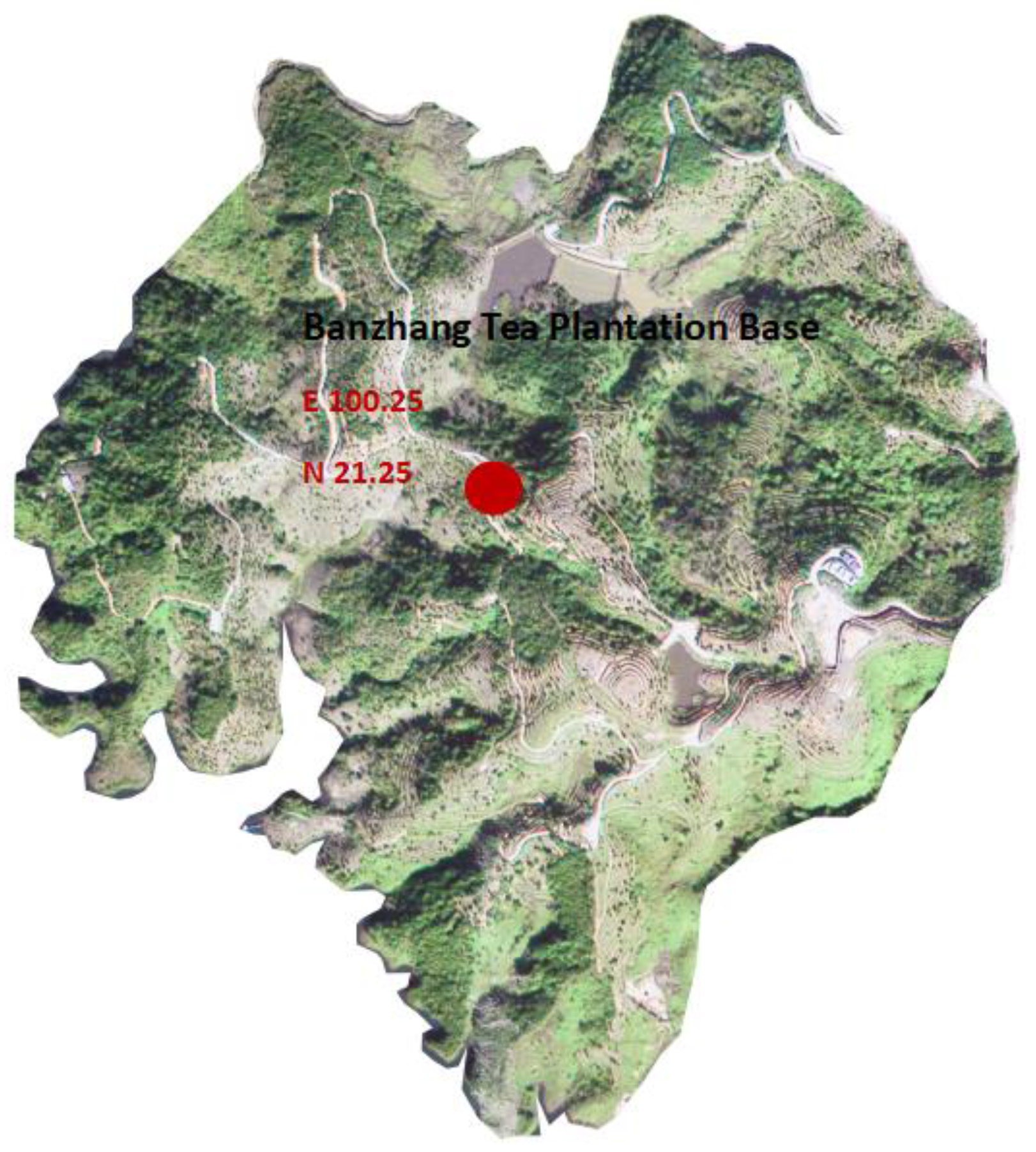
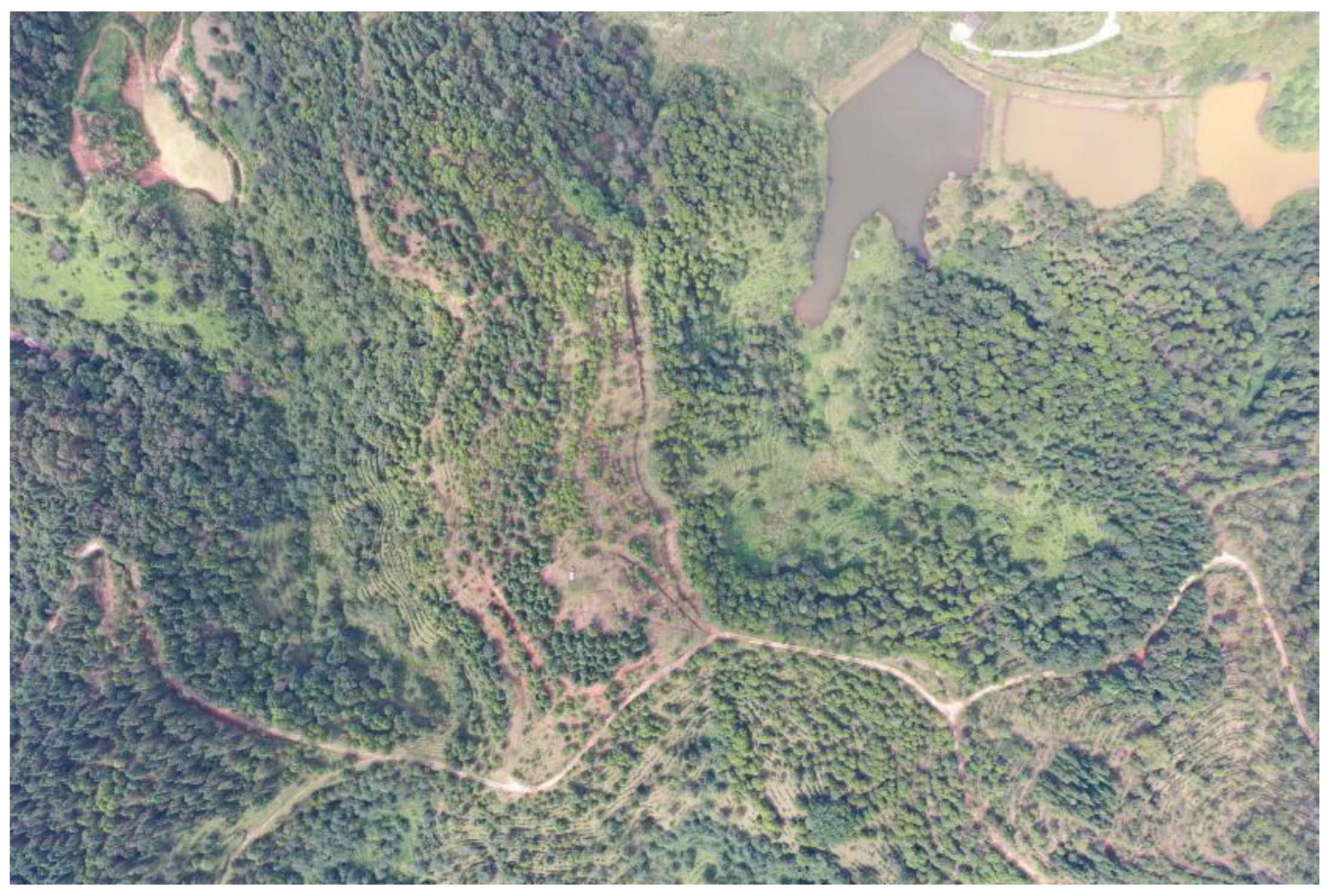

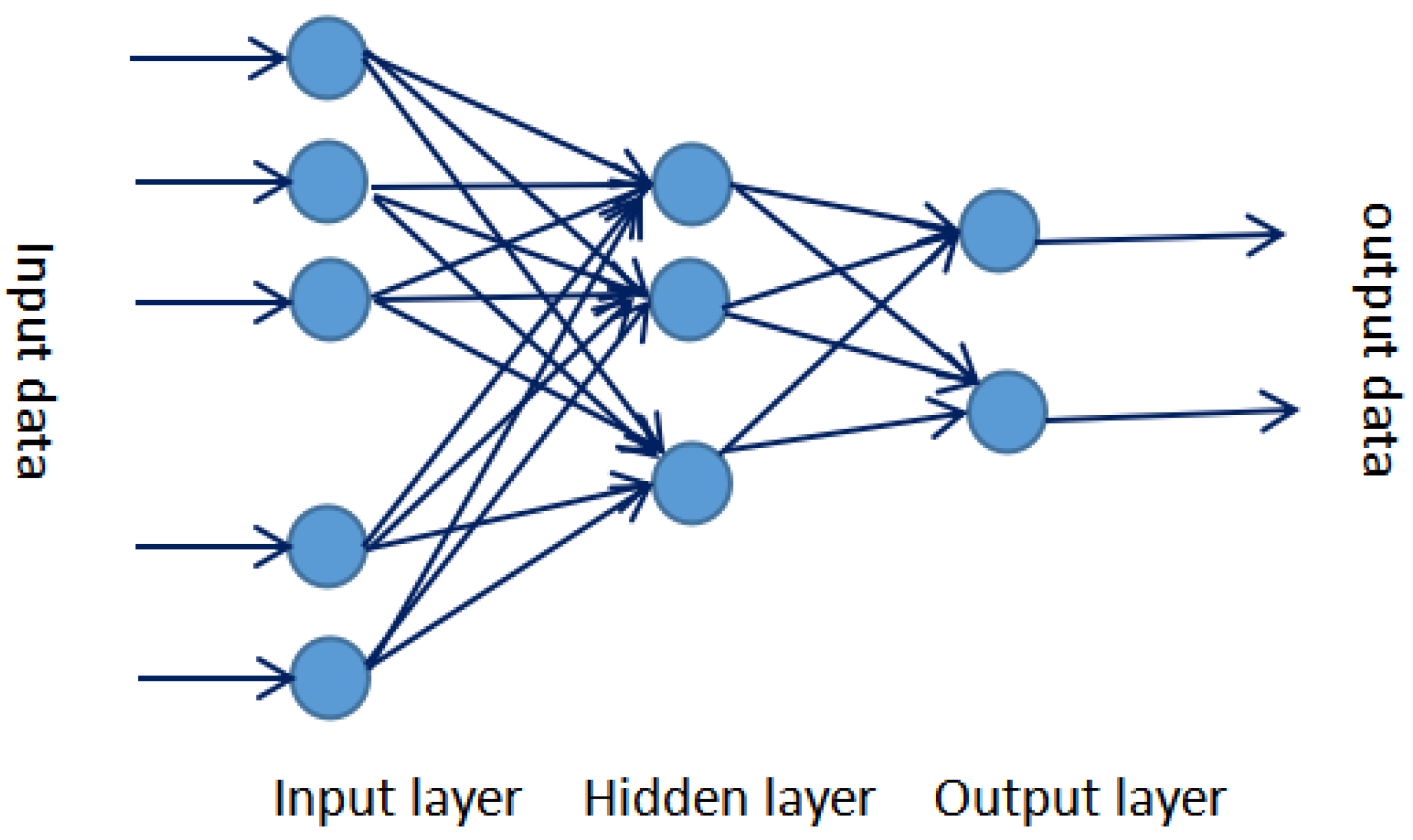
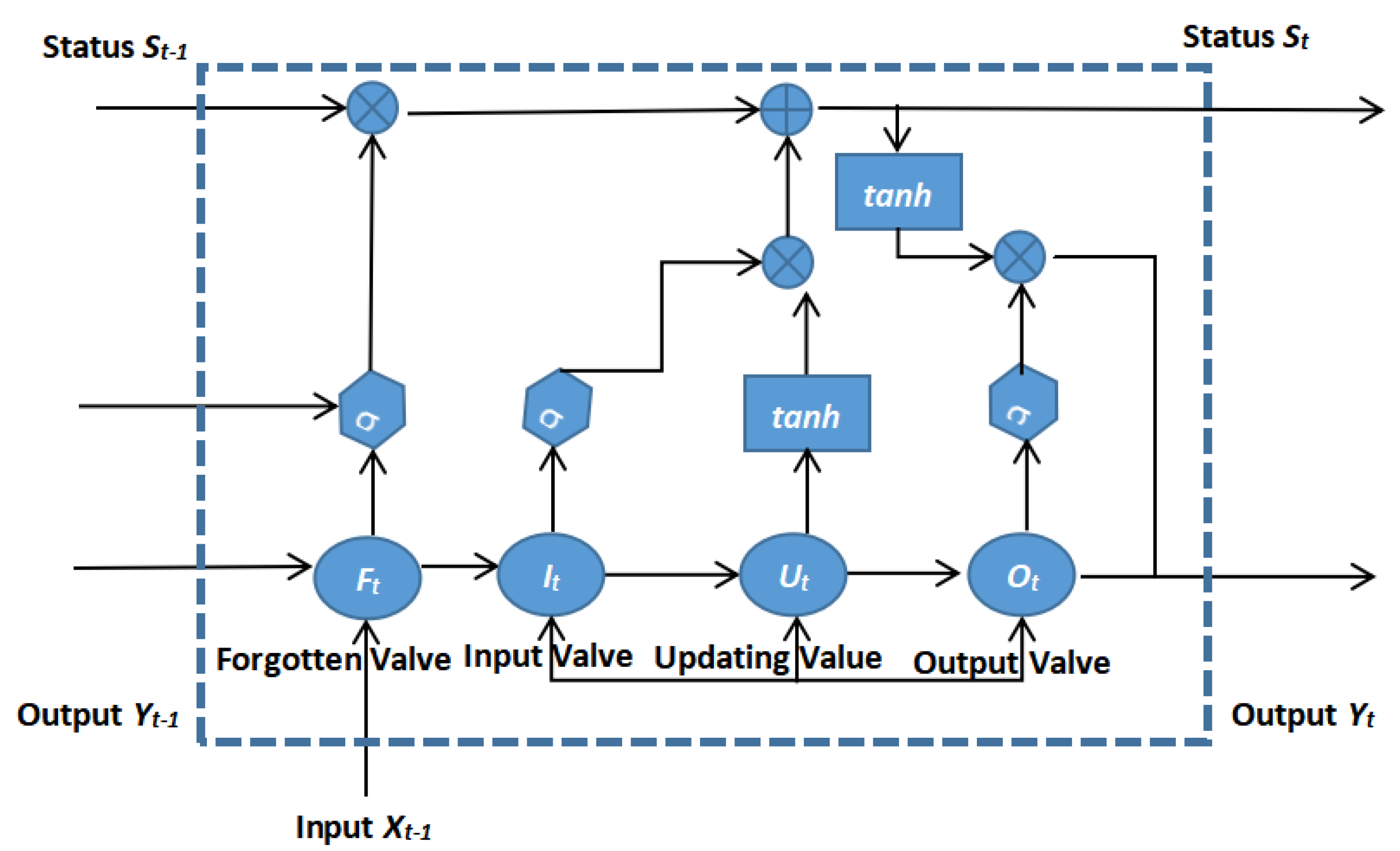

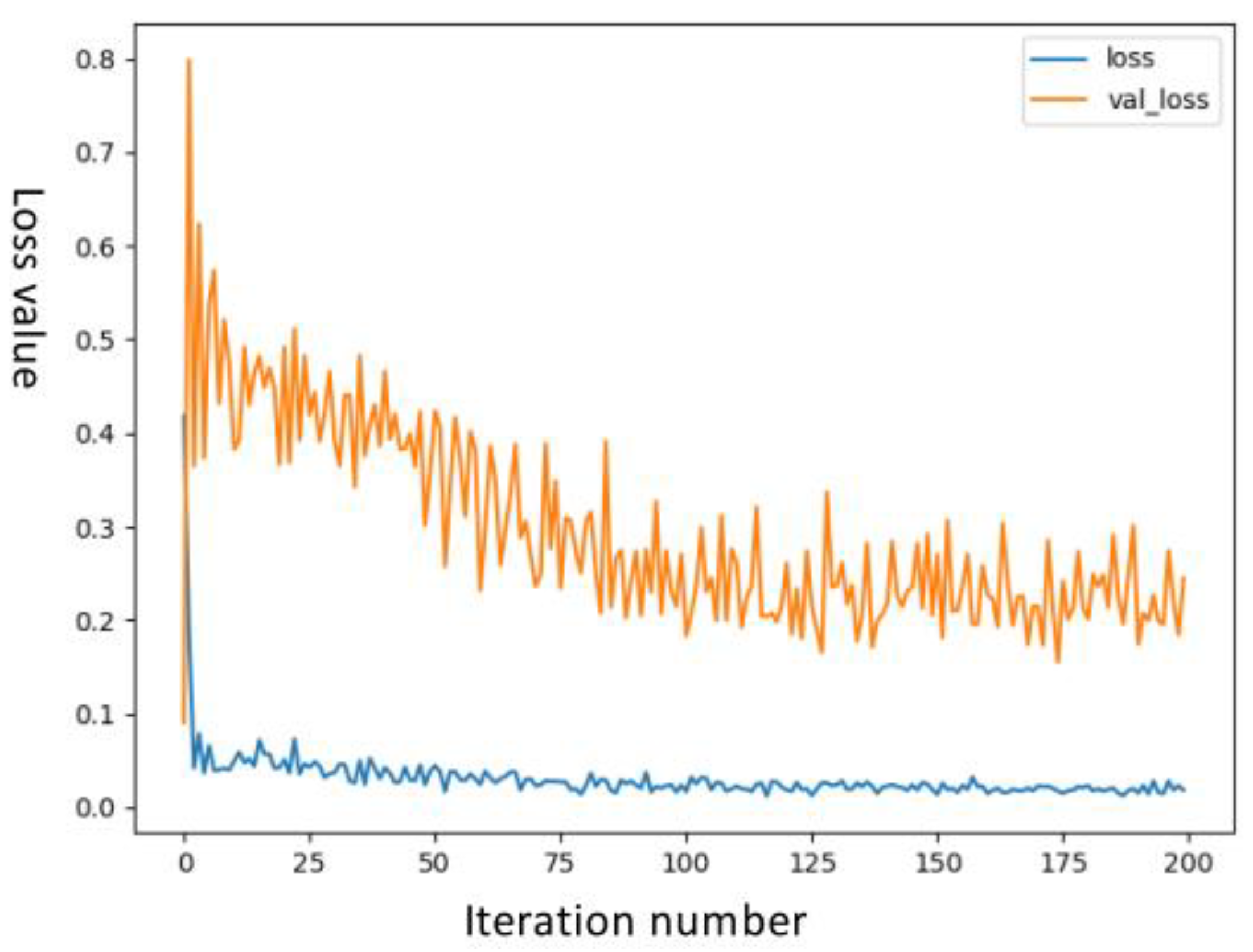
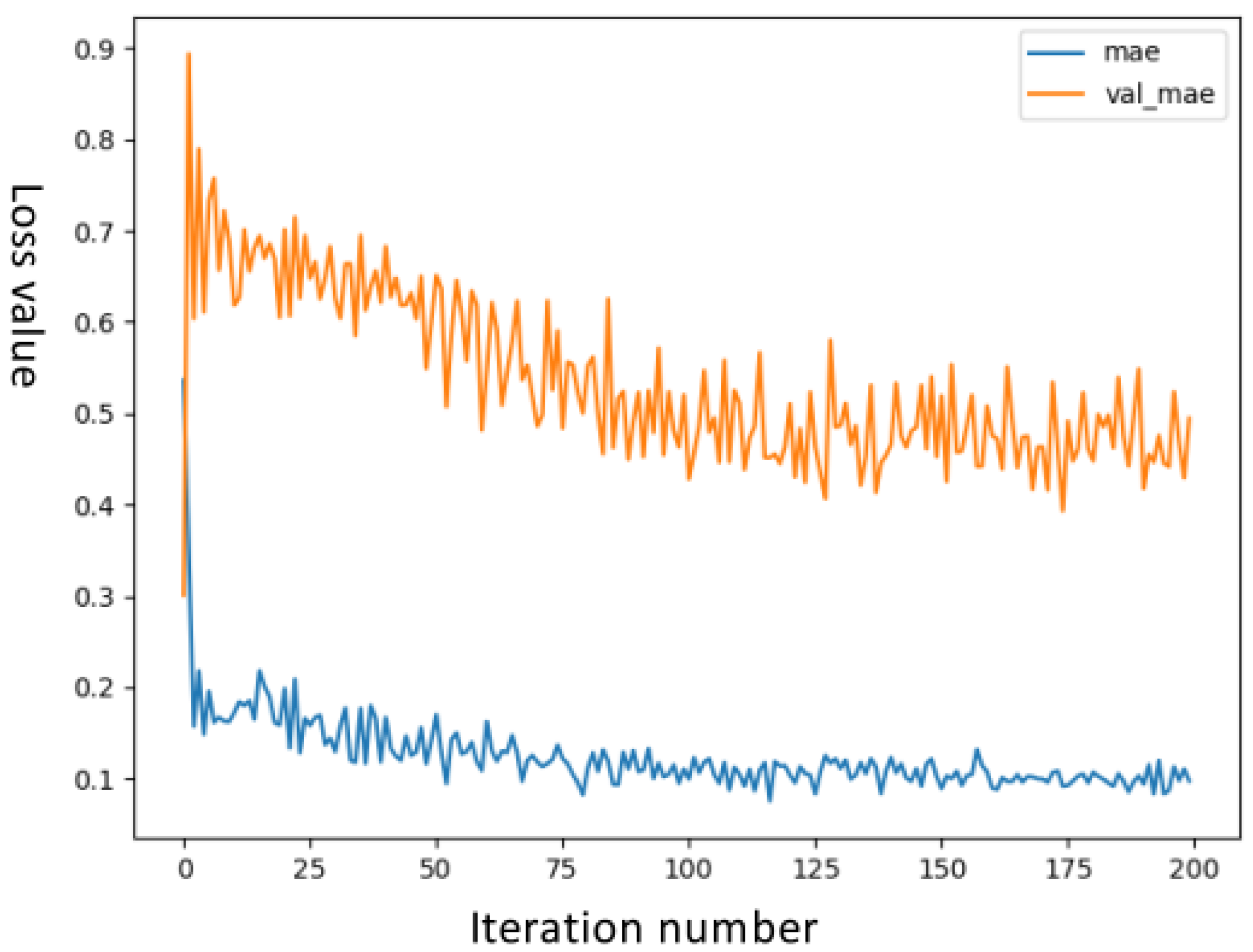
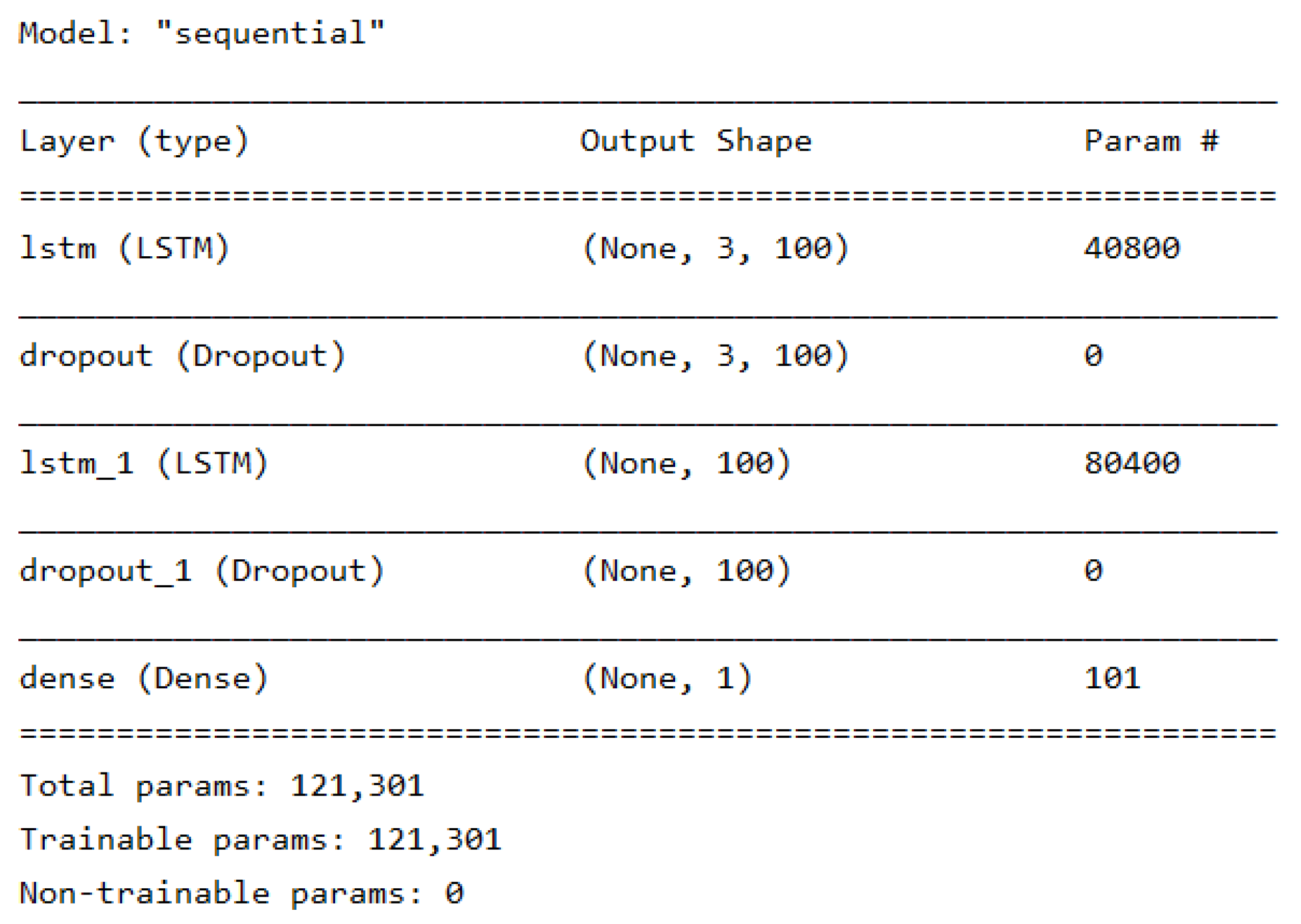

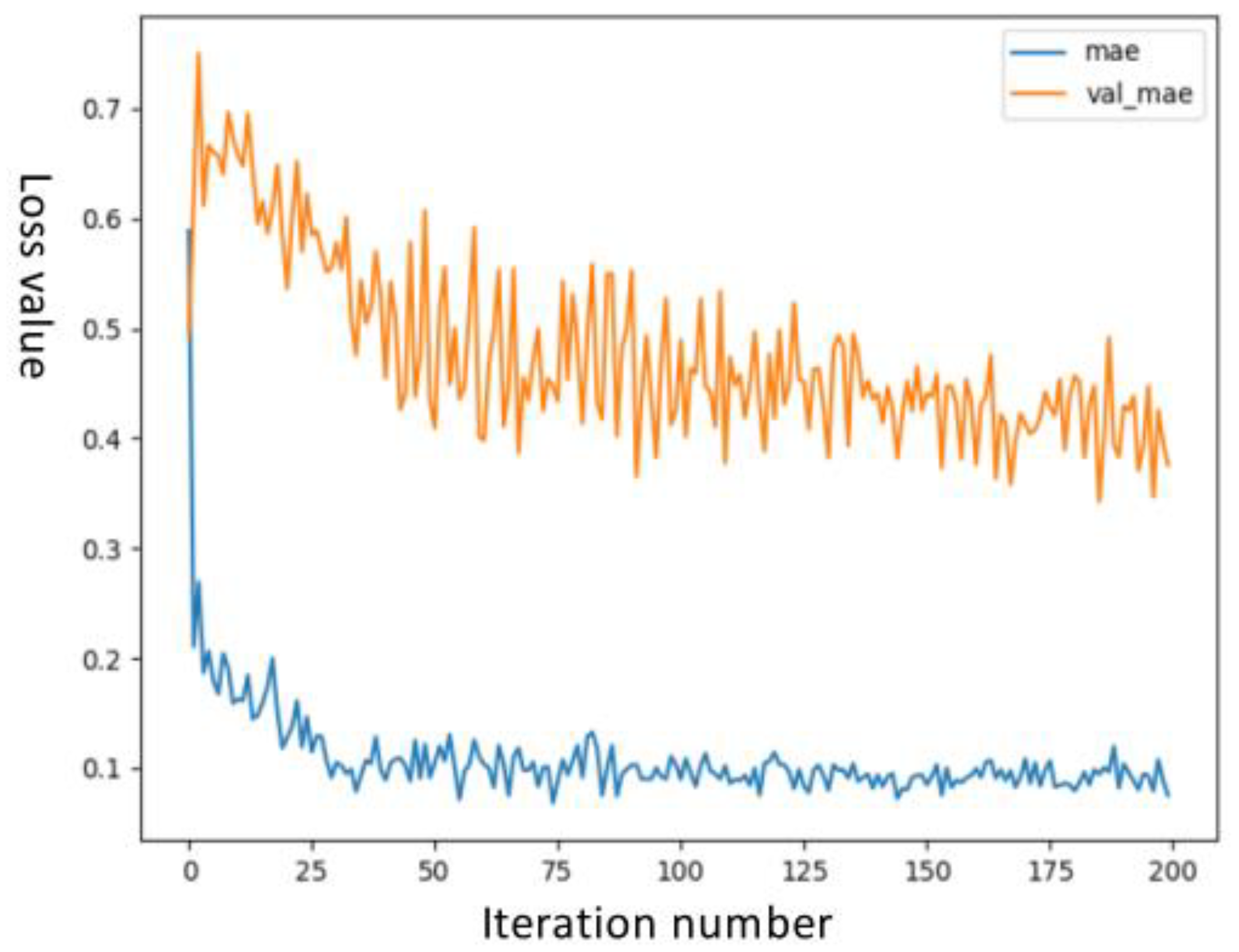
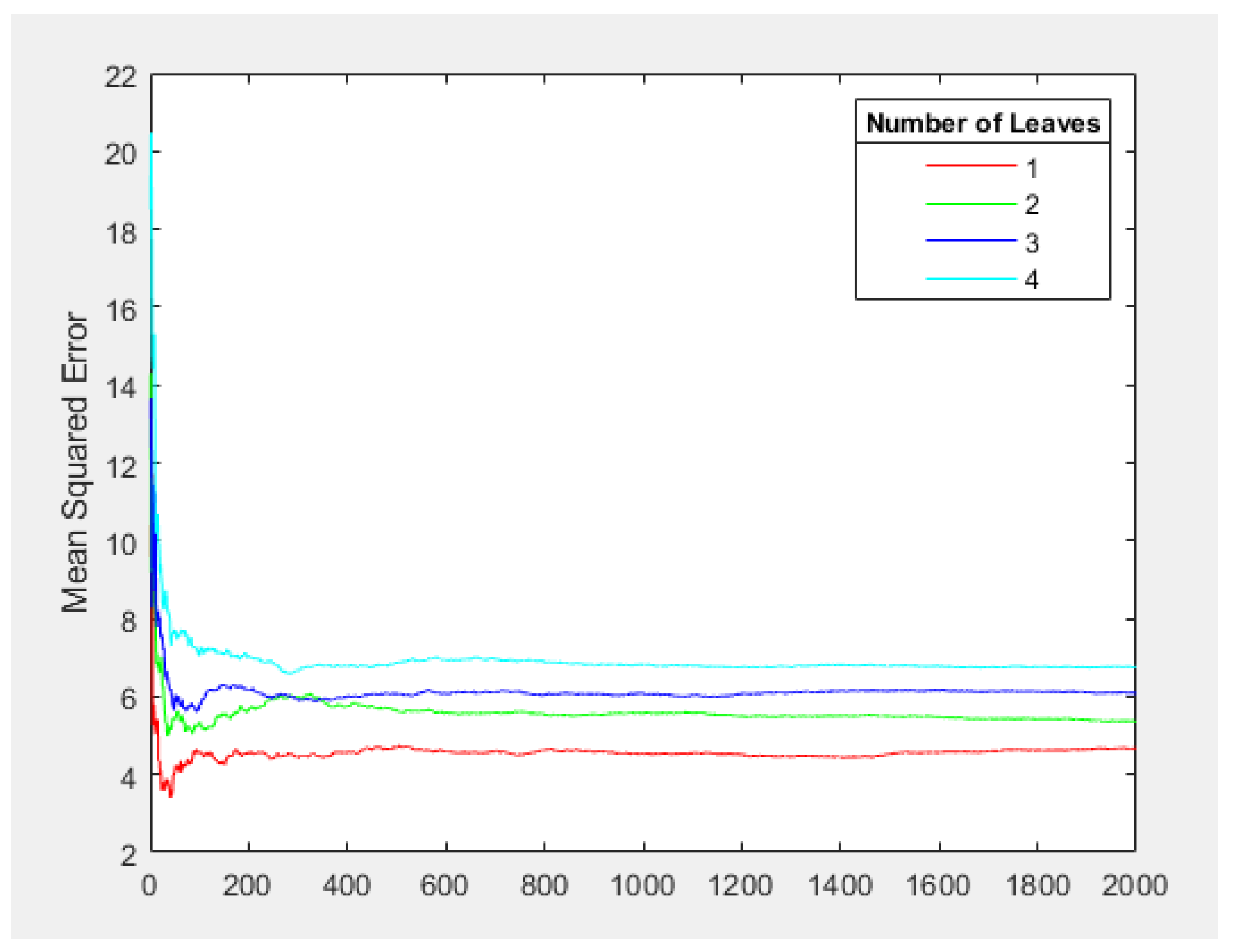

| No. | Sample No. | location | Altitude |
|---|---|---|---|
| 1 | SD1-1 | Hilltop | 1692 m |
| 2 | SD1-2 | Hilltop | 1692 m |
| 3 | SD1-3 | Hilltop | 1692 m |
| 4 | SD2-1 | Hilltop | 1692 m |
| 5 | SD2-2 | Hilltop | 1692 m |
| 6 | SD2-3 | Hilltop | 1692 m |
| 7 | SJ1-1 | Foothill | 1590 m |
| 8 | SJ1-2 | Foothill | 1590 m |
| 9 | SJ1-3 | Foothill | 1590 m |
| 10 | SJ2-1 | Foothill | 1590 m |
| 11 | SJ2-2 | Foothill | 1590 m |
| 12 | SJ2-3 | Foothill | 1590 m |
| 13 | YP1 | Shady slope | 1620 m |
| 14 | YP2 | Shady slope | 1620 m |
| 15 | YP3 | Shady slope | 1620 m |
| 16 | YP4 | Shady slope | 1620 m |
| 17 | SP1 | Sunny slope | 1620 m |
| 18 | SP2 | Sunny slope | 1620 m |
| 19 | SP3 | Sunny slope | 1620 m |
| 20 | SP4 | Sunny slope | 1620 m |
| 21 | SP5 | Sunny slope | 1620 m |
| Assignment (Mi) | Average Soil Temperature (Tavg) °C | Average Soil Relative Humidity (U) % | pH |
|---|---|---|---|
| 3 | 12.0 ≤ Tavg ≤ 18.0 | U ≥ 40.0 | 4.5 ≤ p ≤ 5.5 |
| 2 | 10.0 ≤ Tavg < 12.0 OR 18.0 < Tavg ≤ 20.0 | 30.0 ≤ U< 40.0 | 5.5 < p ≤ 6.5 |
| 1 | 10.0 ≤ Tavg <11.0 OR 20.0 < Tavg ≤ 27.0 | 20.0 ≤ U < 30.0 | 6.5 < p ≤ 7.5 |
| 0 | Tavg <10.0 OR Tavg > 27.0 | U < 20.0 | 0 < p < 4.5 OR p > 7.5 |
| Grade | Tea Soil Environmental Quality Index (Itup) |
|---|---|
| Special Grade | Itup ≥ 2.5 |
| Excellent Grade | 1.5 ≤ Itup < 2.5 |
| Good Grade | 0.5 ≤ Itup < 1.5 |
| General grade | Itup < 0.5 |
| LSTM Model Using Different Parameters | RMSE | MSE |
|---|---|---|
| First set of parameters | 0.394 | 0.155 |
| Second set of parameters | 0.300 | 0.090 |
| Model | R2 | MAPE | RMSE | MAE | MSE |
|---|---|---|---|---|---|
| LSTM model | 0.95 | 0.0198 | 0.300 | 1.55 | 0.090 |
| Random Forest model | 0.89 | 0.038 | 3.15 | 2.93 | 9.95 |
| BP neural network model | 0.91 | 0.078 | 8.31 | 7.14 | 20.36 |
Publisher’s Note: MDPI stays neutral with regard to jurisdictional claims in published maps and institutional affiliations. |
© 2022 by the authors. Licensee MDPI, Basel, Switzerland. This article is an open access article distributed under the terms and conditions of the Creative Commons Attribution (CC BY) license (https://creativecommons.org/licenses/by/4.0/).
Share and Cite
Cai, X.; Yuan, W.; Liu, X.; Wang, X.; Chen, Y.; Deng, X.; Wu, Q.; Han, K.; Cao, Z.; Wu, W.; et al. Deep Learning Model for Soil Environment Quality Classification of Pu-erh Tea. Forests 2022, 13, 1778. https://doi.org/10.3390/f13111778
Cai X, Yuan W, Liu X, Wang X, Chen Y, Deng X, Wu Q, Han K, Cao Z, Wu W, et al. Deep Learning Model for Soil Environment Quality Classification of Pu-erh Tea. Forests. 2022; 13(11):1778. https://doi.org/10.3390/f13111778
Chicago/Turabian StyleCai, Xiaobo, Wenxia Yuan, Xiaohui Liu, Xinghua Wang, Yaping Chen, Xiujuan Deng, Qi Wu, Ke Han, Zhiyong Cao, Wendou Wu, and et al. 2022. "Deep Learning Model for Soil Environment Quality Classification of Pu-erh Tea" Forests 13, no. 11: 1778. https://doi.org/10.3390/f13111778
APA StyleCai, X., Yuan, W., Liu, X., Wang, X., Chen, Y., Deng, X., Wu, Q., Han, K., Cao, Z., Wu, W., & Wang, B. (2022). Deep Learning Model for Soil Environment Quality Classification of Pu-erh Tea. Forests, 13(11), 1778. https://doi.org/10.3390/f13111778






